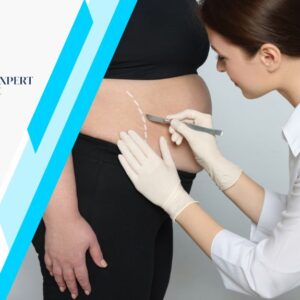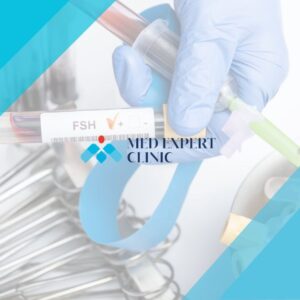Discover the transformative power of exercise in achieving lasting bariatric surgery results. Learn how regular workouts support weight management, enhance mental well-being, and sustain metabolic health post-surgery.
Author: Med Expert Clinic (Med Expert Clinic )
Pelvic Floor Disorders: Causes, Symptoms, and Treatments
Pelvic floor disorders impact daily life, causing discomfort and functional issues. Discover their causes, symptoms, diagnostic options, and effective treatments to regain health and well-being.
FSH Test Results: What They Mean for Female Fertility
Learn how FSH test results reveal insights into female fertility, ovarian health, and potential fertility treatments. Discover factors affecting FSH levels and how to interpret results effectively.
Pre-IVF Tests for Men: HIV, Anti HCV, and HBsAg
Explore the essential pre-IVF tests for men, including HIV, Anti HCV, and HBsAg. Learn how these screenings safeguard fertility, ensure embryo health, and create a safer IVF journey.
Spermiogram: The Key to a Successful IVF Journey
Discover the importance of a spermiogram in achieving IVF success. This guide covers key sperm health factors, lifestyle changes, and expert insights for couples on their IVF journey.
Fibroids and Polyps and Ovarian Cysts: Pre-IVF Gynecological Ultrasound
Discover how fibroids, polyps, and ovarian cysts can impact IVF success. Learn about the importance of pre-IVF ultrasounds, common symptoms to watch for, and personalized treatment options that improve fertility outcomes.
Gynecological Ultrasound Examination Before IVF
Discover the importance of gynecological ultrasounds before IVF. This essential imaging helps identify potential reproductive issues, enhancing the likelihood of a successful pregnancy.
The Importance of Day 2 Hormone Levels in IVF Success
Understanding the importance of day 2 hormone levels is crucial in IVF success. These levels provide essential insights into fertility and guide specialists in creating personalized treatment plans for optimal outcomes.
Genetic Factors in Male Infertility Assessment
Explore how genetic factors like Y chromosome microdeletions and chromosomal abnormalities impact male infertility. Learn about advanced genetic testing and the role of genetic counseling in diagnosing and managing male infertility.
Importance of Semen Analysis in Male Infertility Diagnosis
Discover the critical role of semen analysis in diagnosing male infertility. Learn how it guides fertility treatments like IVF, IUI, and ICSI, helping to improve success rates.










